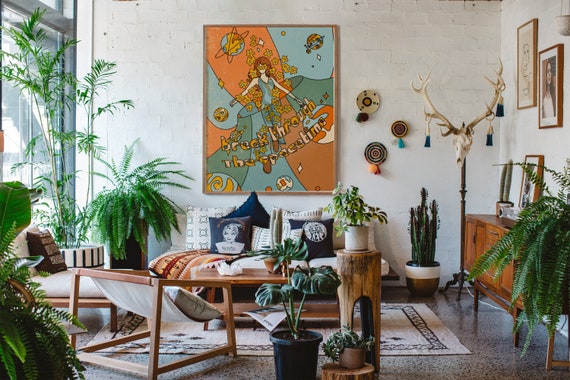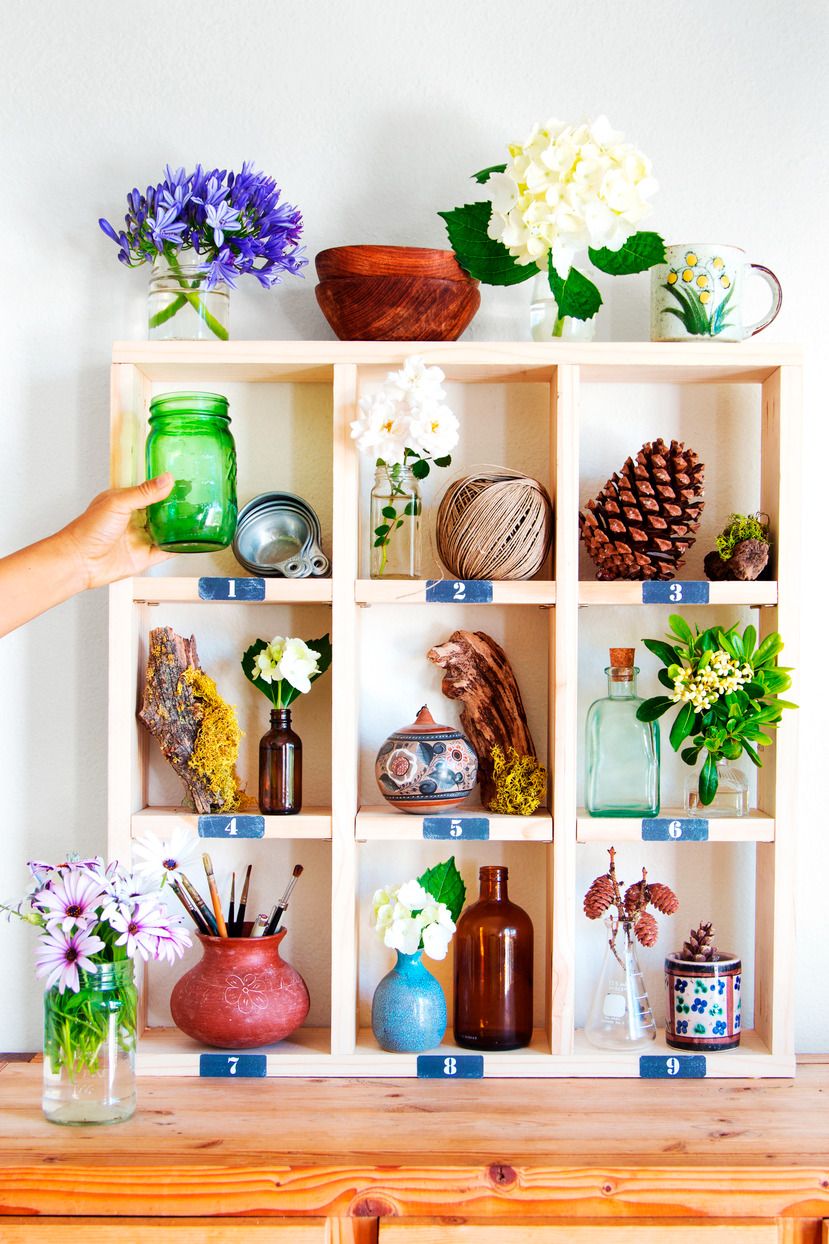How to Incorporate Natural Environments right into Your Home Decor
How to Incorporate Natural Environments right into Your Home Decor
Blog Article
Master the Art of Layering Textures in Home Decor for a Cozy Ambience
The ability to effectively layer appearances within home design is a nuanced skill that substantially adds to a cozy and welcoming ambience. The selection of complementary structures, from soft textiles to all-natural elements, is vital in accomplishing this equilibrium.

Understanding Structure Essentials
When it comes to home style, comprehending the principles of appearance is important for producing a harmonious and welcoming room. Appearance describes the tactile quality of surfaces and can dramatically influence the total aesthetic and feel of a space. It encompasses a selection of elements, including finishes, patterns, and materials. By thoughtfully layering structures, you can include depth and interest, effectively transforming a uninspiring and flat setting into one that is aesthetically appealing and cozy.

Choosing the Right Products
Choosing the right materials is important in achieving a well-layered texture in home decoration. The selection of materials not only influences the overall visual however likewise affects the convenience and capability of the room. When taking into consideration textures, focus on natural fibers such as cotton, wool, silk, and bed linen, which provide warmth and a tactile quality that synthetic materials often do not have.
For upholstery, opt for durable textiles that can hold up against wear while maintaining their texture. Velour and chenille can add elegant deepness, while canvas and jeans provide a more laid-back feel. Integrating steel, timber, or stone can improve the responsive contrast, providing a based, natural aspect to your design.
Devices like carpets and cushions can introduce varied structures and patterns, enhancing the overall split result. Ultimately, the appropriate material options will harmonize with your design vision, creating a room that feels inviting and natural.
Layering Methods for Deepness
Reliable layering techniques are necessary for developing deepness in home design, transforming a level room right into one that feels abundant and welcoming. To achieve this, begin by integrating various textures that contrast yet complement each various other. Juxtapose smooth surfaces like glass or steel with softer products such as wool or bed linen. This creates visual interest and responsive variety.
Following, consider the usage of carpets. Layering rugs can properly define areas within a space, adding heat and dimension. A bigger, neutral carpet can serve as a base, while a smaller, patterned rug adds prime focus. In a similar way, strategically positioning toss cushions with varying appearances and dimensions on couches or beds can improve depth and comfort.
In addition, incorporate building elements such as shelves or mounted art work to produce vertical layers. This not only attracts the eye upwards yet also gives possibilities to introduce extra structures through decorative products presented on the shelves.
Color Coordination and Texture
In the world of home decor, attaining harmony between color and structure is vital for developing a natural and inviting environment. When thoughtfully coordinated, shade and texture can elevate the aesthetic appeal of a space, developing deepness and interest.

Next, concentrate on texture. Soft fabrics like velvet or linen juxtaposed with hard products such as timber or steel develop a dynamic interplay. For circumstances, a plush velour sofa coupled with a sleek, metal coffee table presents a responsive contrast that invites touch and expedition.
Furthermore, layering various textures-- like a woven carpet under a smooth table-- can better improve the space. Keep in mind to maintain a natural appearance by limiting the variety of structures and colors, look what i found which aids stop visual disorder. By grasping the art of color control and structure, you can produce an atmosphere that feels both unified and welcoming.
Seasonal Appearance Transitions
As the periods change, so also ought to the appearances within your home to mirror the developing environment and state of mind. Transitioning your decor from one season to another can create a feeling of freshness and comfort, boosting your home's total charm.
In springtime and summertime, welcome lighter textiles such as bed linen and cotton. These products promote a breezy feel and can be improved with dynamic patterns or subtle structures like stitched information. Incorporate airy throw pillows and lightweight coverings to maintain a feeling of relaxation.
As fall techniques, think about introducing heat with richer textures. Wool, velour, and heavier knits can offer comfort and comfort. Choose natural tones and layered fabrics like beefy knit throws or luxurious velvets to create an inviting my site setting.
Winter asks for a much more indulgent method. Include layered textures with synthetic fur, thick woollen, and luxurious products - Home decor. These components not only add depth to your decoration but additionally welcome heat during chillier months
Final Thought
In final thought, grasping the art of layering structures in home decoration substantially adds to producing a cozy atmosphere. In addition, adapting appearances seasonally boosts the overall aesthetic and comfort of the home.
The capacity to successfully layer appearances within home design is a nuanced skill that dramatically adds to a warm and welcoming atmosphere.When it comes to home style, understanding the fundamentals of structure is crucial for producing an unified and click reference inviting room. By mastering the essentials of structure, you lay the groundwork for even more advanced layering strategies, leading to a well-curated and welcoming home decoration scheme.
Selecting the right materials is critical in achieving a well-layered texture in home design.In final thought, grasping the art of layering appearances in home style dramatically contributes to creating a comfortable atmosphere.
Report this page